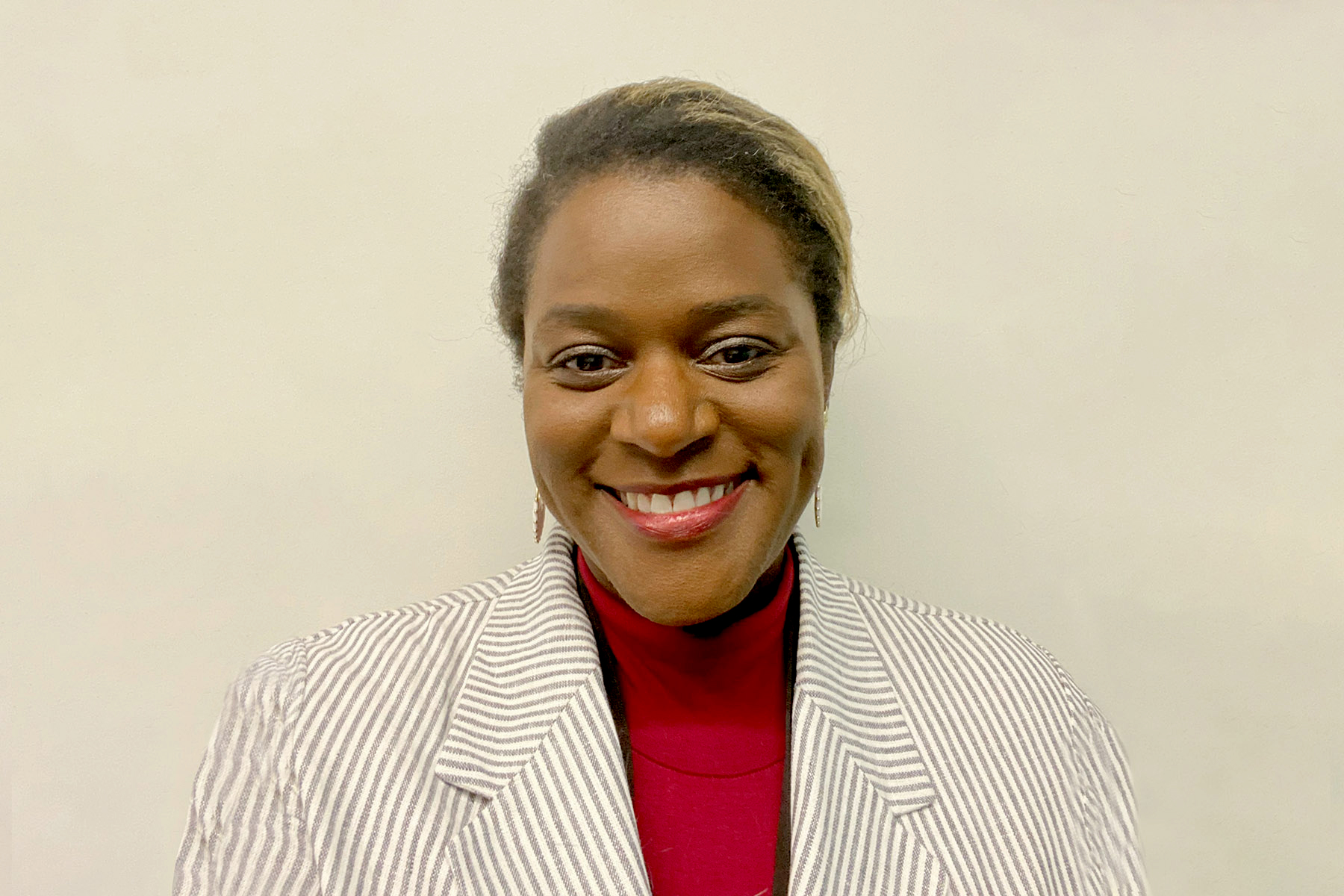EY refers to the global organization, and may refer to one or more, of the member firms of Ernst & Young Global Limited, each of which is a separate legal entity. Ernst & Young Global Limited, a UK company limited by guarantee, does not provide services to clients.
How the US Navy is developing its workforce of the future
Human capital transformation modernizes the end-to-end employee experience to compete for tomorrow’s top-tier talent.
The better the question
How can you attract future talent with processes stuck in the past?
The US Navy needed to revamp its human capital strategy to improve the workforce experience.
The struggle to recruit, retain and develop talent, familiar to so many companies in the private sector, is a concern for the US Department of the Navy as well. Antiquated legacy symptoms and slower-than-average processes were hampering the workforce experience, making it harder for the Navy to compete for top-level talent. The Navy is also facing significant workforce reduction as current personnel reach retirement age, so the need to attract talent is more important than ever.
Over the years, the Navy’s human capital strategy had become disjointed, with 200 individual activities spread across 24 major commands — and none of the data was standardized or measured consistently. Something needed to be done, so in 2018 the Department of the Navy conducted a study on how to bring its human capital management into the 21st century.
As part of the study, benchmark interviews showed that employees were more motivated by accelerated processes, such as onboarding, than money. Revelations like this offer a path for federal organizations to compete with the private sector for talent. To do so, the Navy’s Human Capital Strategy Task Force identified five anchor strategies:
- Access and curate best-in-class talent
- Focus on engaging and developing the workforce
- Harness the power of data and use it for decisions
- Prepare future leaders through more succession planning
- Enable a technology-augmented workforce, and support it through technology
These anchors cover the entire employee life cycle, from hire to retire, and are intended to reduce the attrition rate, capture HR data and conduct analytics. Using these anchors, the task force identified a variety of initiatives to transform how the Navy accesses, curates and engages its workforce. The Navy engaged Ernst & Young LLP (EY US) to implement its human capital strategy for 2019–30 to improve talent acquisition, learning and development, people analytics, and technology and digital solutions for the workforce of the future.
Building the supply chain of the future: watch the webinar
Agency leaders explore how organizations are approaching supply chain risk management and the data strategy behind it.

The better the answer
Transformation initiatives revamp the employee life cycle
Combining program management, analytics and technology to accelerate processes.
The Department of the Navy’s Human Capital Strategy Task Force selected transformation initiatives that could deliver measurable results and improve work life for personnel at every level, whether civilian or enlisted. The initiatives also channeled the latest leading practices from government and the private sector.
To help the task force execute this strategy, the EY US Performance Management team brought together professionals who had extensive experience in federal human capital management alongside those with commercial experience. The EY US team presented program management, analytics and technology solutions for the Navy to consider. They also demonstrated various workforce, workspace and workflow tools to better illustrate the design principles that the Navy was looking for in its employee experience.
For example, the EY US team showed how automation and AI could be used to accelerate the candidate selection. The Navy had been using a manual-intensive process, reviewing hundreds of résumés per hire. Automation and AI could instead be used the select the most qualified candidates and elevate only them for manual review.
The Human Capital Strategy Task Force then brought in subject-matter resources to lead each pilot project, working with stakeholders to develop the project plan and identify major milestones. “No matter what you do, it requires a lot of stakeholders for technology and support services to help with learning management systems. It’s amazing the number of stakeholders that are involved in this,” said Jim Hardin, Human Capital Strategist, Department of the Navy.
No matter what you do, it requires a lot of stakeholders for technology and support services to help with learning management systems. It’s amazing the number of stakeholders that are involved in this.

The better the world works
A reputation for transformation
Elevating the integral importance of human capital.
Once the pilot projects were underway, EY US continued to guide the human capital transformation. “We worked with them, coached them on how to implement these efforts, tested the concept through pilots and got them to a point where they were ready for transition,” said Kevin Simison, Senior Manager, Business Consulting – Transformation Architecture, Ernst & Young LLP.
Once implemented, the automation and AI pilot is expected to see near-immediate successes:
Results like these have raised the profile of the Human Capital Strategy Task Force, earning its members a reputation as transformation leaders within the Department of the Navy. “People recognize that whatever you do — in IT, acquisition, supply — there is always human capital involved, and to make those decisions without human capital involved is short-sighted,” Hardin said.
With several initiatives having reached their level of maturity, the task force is looking ahead to new efforts around civilian leadership development, additional HR process automation, strategic workforce planning and additional analytics capabilities.
People recognize that whatever you do — in IT, acquisition, supply — there is always human capital involved, and to make those decisions without human capital involved is short-sighted.
How EY can help
Related article
How the Performance-to-Plan strategy uses data to modernize operations for the US Navy
Read this case study to learn how the Navy uses the Performance to Plan (P2P) solution to leverage digital leading practices for better operational outcomes.






